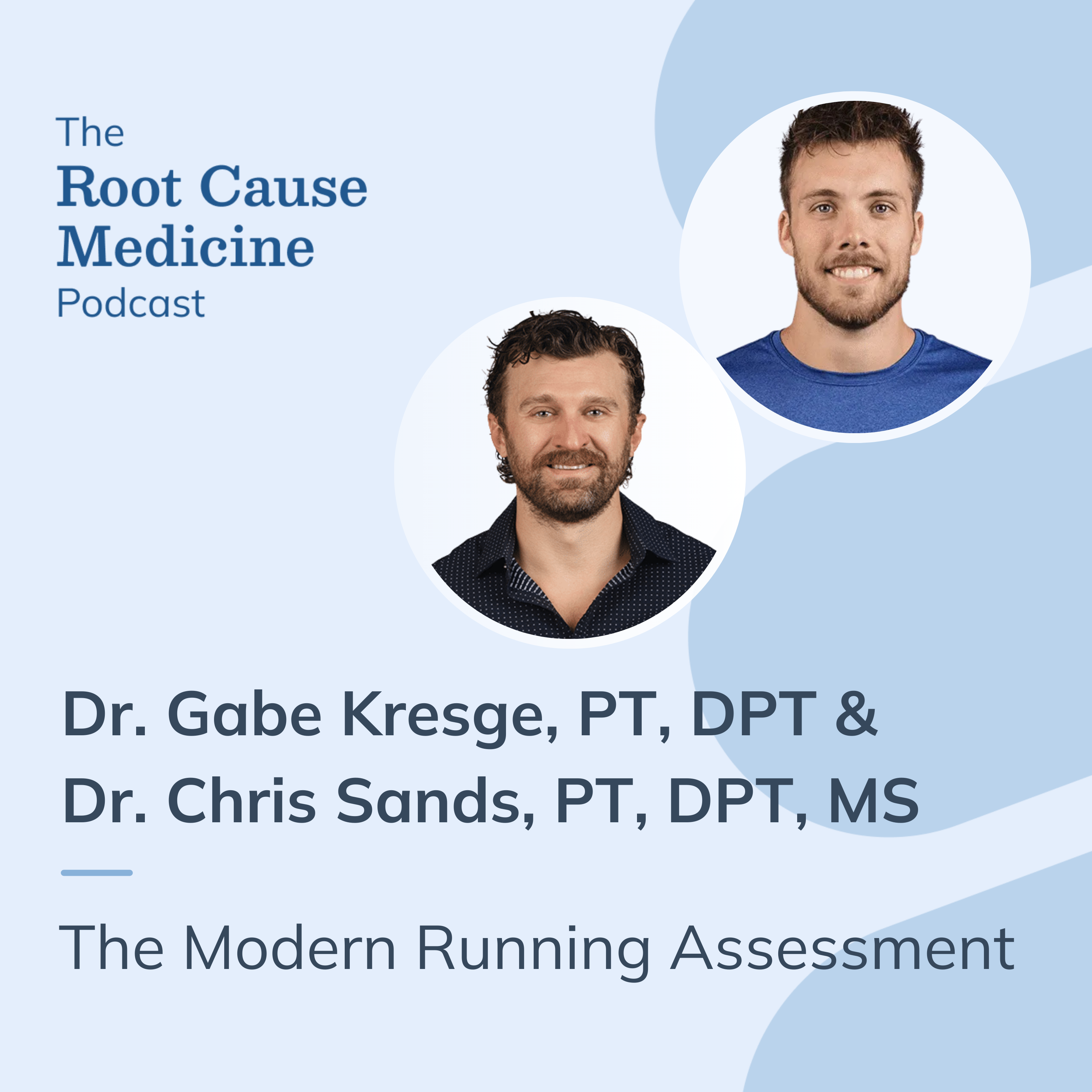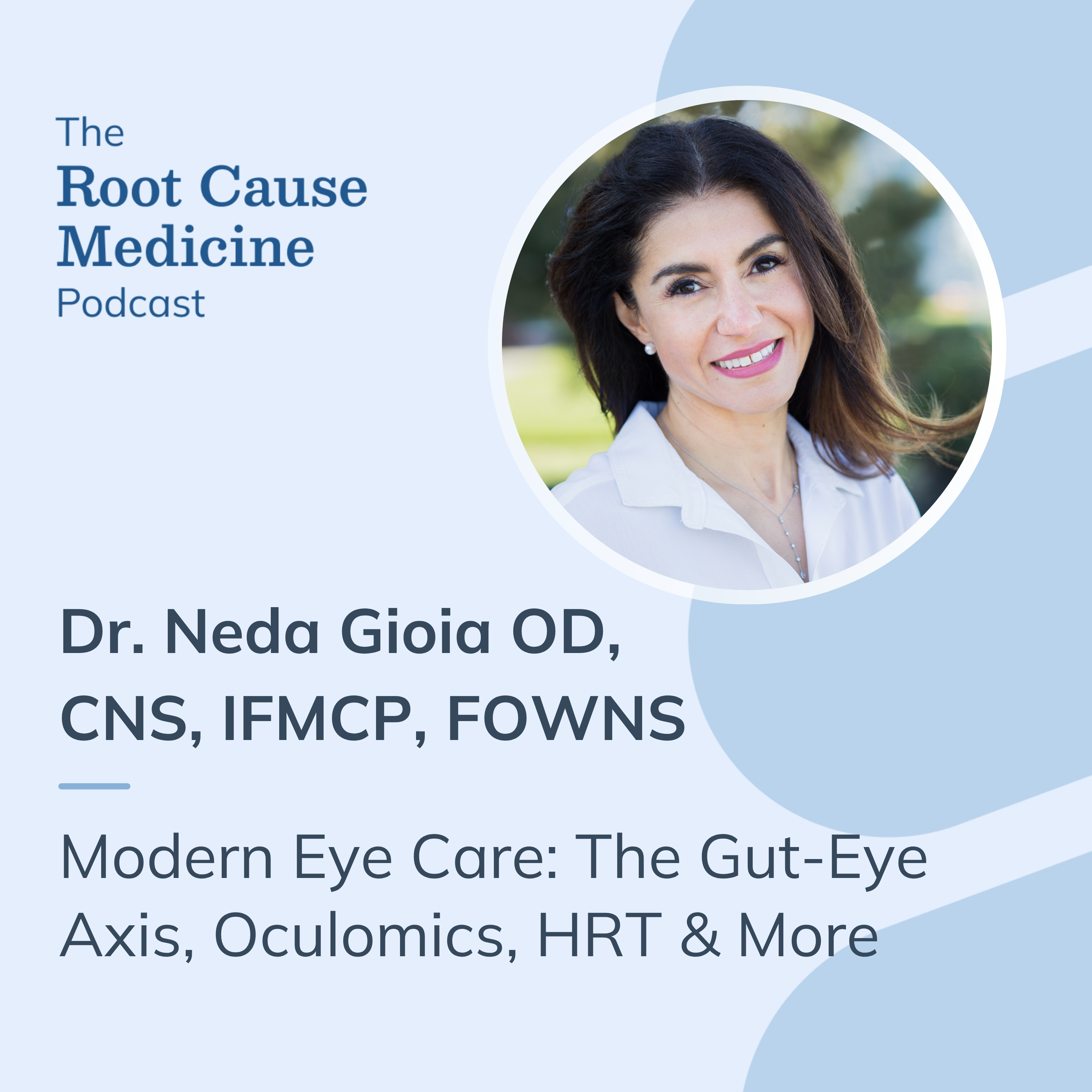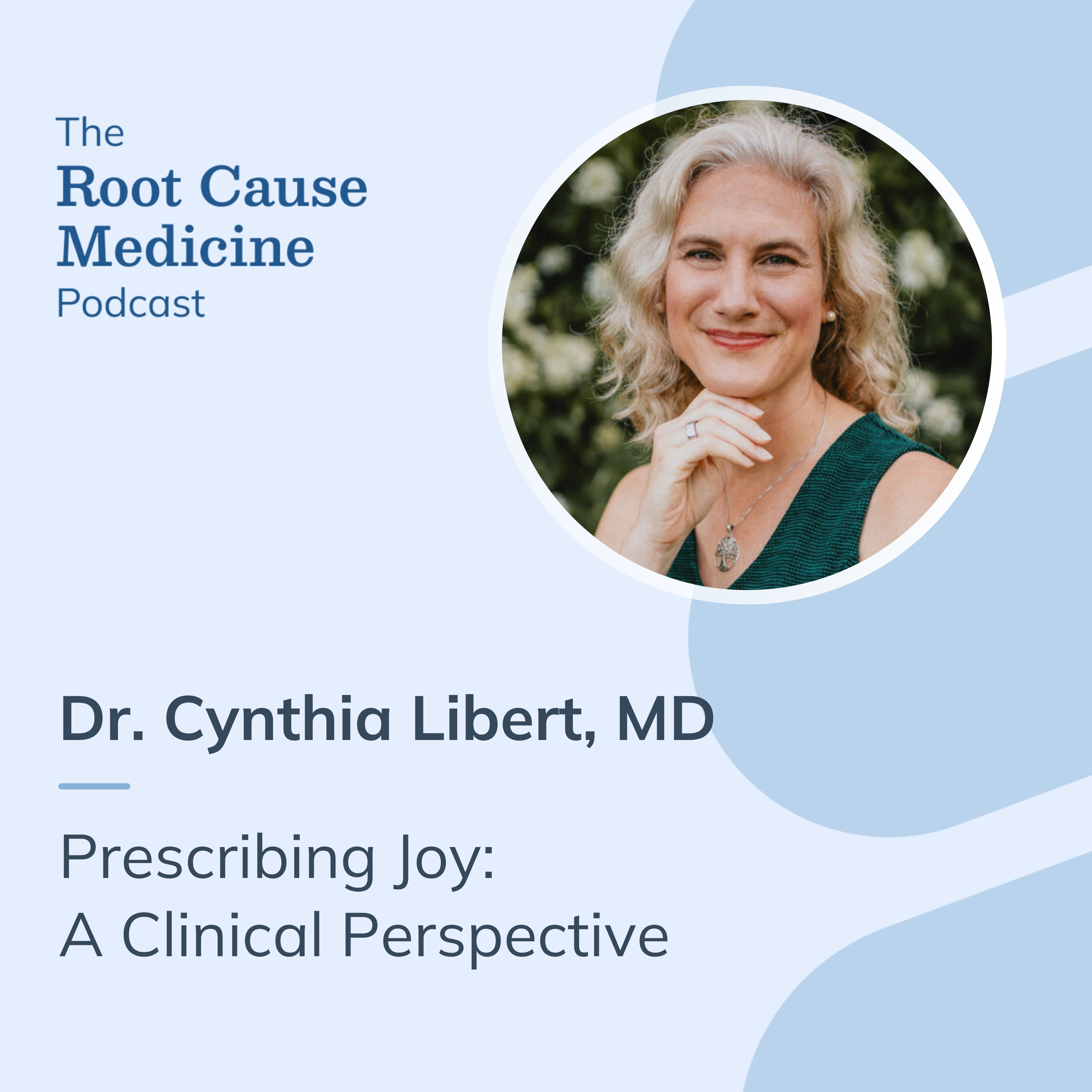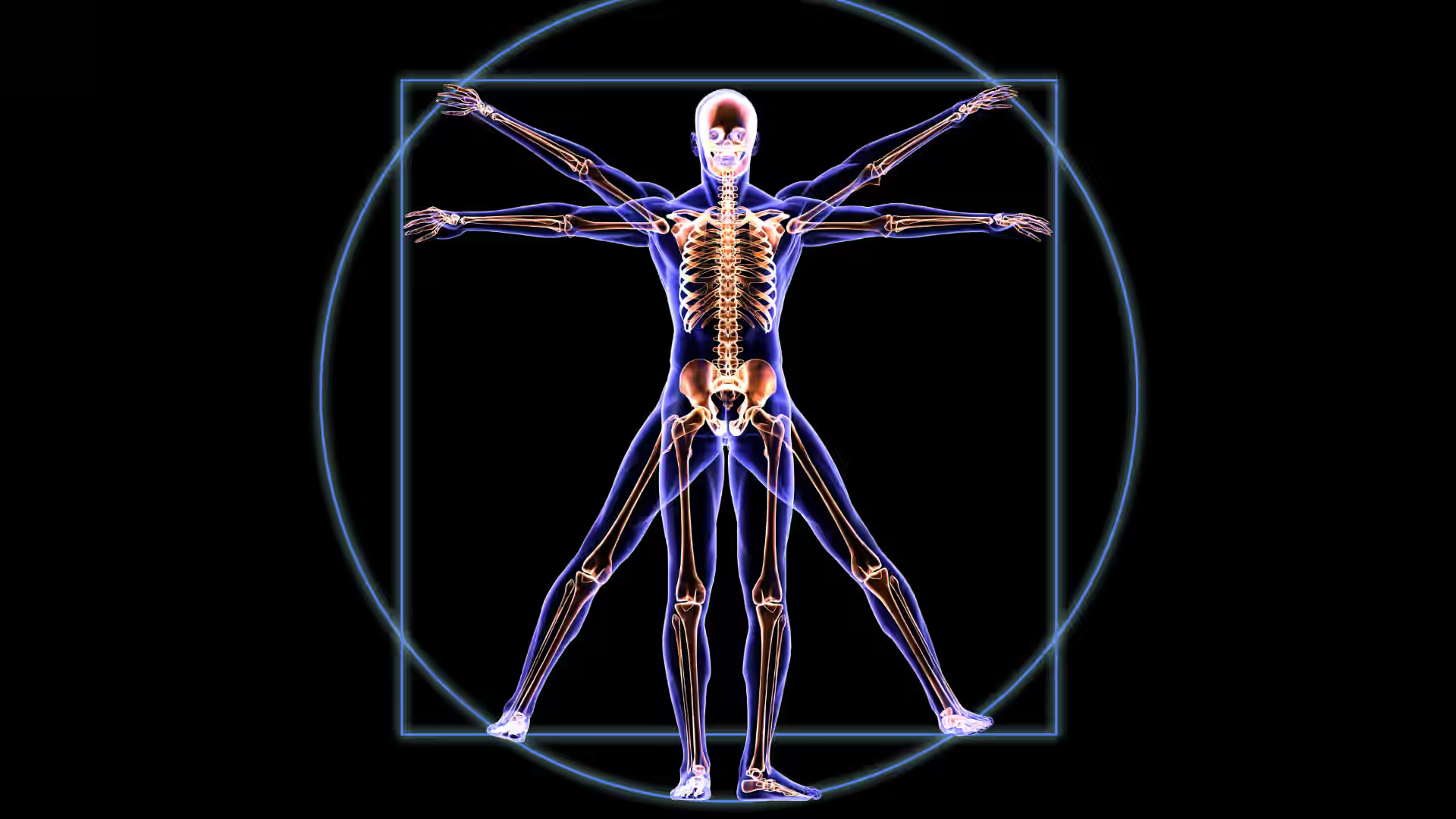Cortisol and aldosterone, important hormones produced by the adrenal glands, each play a role in the body's stress response system and influence blood glucose levels, blood pressure regulation, and fluid balance.
Understanding the complexity of their functions is helpful for recognizing how the body responds to stressors and supporting overall health and wellness through lifestyle and dietary changes that may help maintain hormonal balance.
[signup]
Understanding Cortisol and Aldosterone
What is Cortisol?
Cortisol is a stress hormone produced and secreted by the adrenal glands as part of the body's stress response system. In the presence of perceived danger, its release is stimulated via the hypothalamic-pituitary-adrenal (HPA) axis to help increase alertness and to break down fats, proteins, and carbohydrates, providing quick fuel to help the body respond to challenges.
Through its ability to increase blood glucose levels for energy, cortisol has direct effects on glucose metabolism (27).
What is Aldosterone?
Aldosterone is a mineralocorticoid also produced by the adrenal glands. It plays a role in water and salt balance within the body as part of the renin-angiotensin-aldosterone system (RAAS), which is a regulator of blood pressure and electrolyte balance.
By enhancing sodium and water reabsorption in the kidneys and acting on the brain to stimulate thirst and appetite, aldosterone raises overall blood volume, which may result in increased blood pressure (22).
The Physiological Relationship Between Cortisol and Aldosterone
Cortisol and Aldosterone Pathways
Cortisol and aldosterone are both part of a group of steroid hormones called corticosteroids. They are synthesized from cholesterol within the adrenal gland and acted upon by various enzymes to create either glucocorticoids, such as cortisol, or mineralocorticoids, such as aldosterone.
Cortisol is released from the middle layer of the adrenal cortex, while aldosterone is released from the outer layer, known as the zona glomerulosa (26).
Regulatory Mechanisms
In times of stress, the adrenocorticotropic hormone (ACTH) stimulates cortisol production. The pituitary gland releases ACTH as part of the HPA axis function. Cortisol is kept in check by a negative feedback loop that signals the hypothalamus to slow the pituitary's production of ACTH when cortisol levels are too high. This, in turn, slows cortisol production to help maintain balance (27).
In contrast, aldosterone has multiple feedback mechanisms, including potassium levels, the renin-angiotensin system (RAS), and the HPA axis. Aldosterone release is stimulated when potassium levels are elevated, when RAS is triggered by low blood volume, and as part of the HPA axis response to stress (2).
The Impact of Stress on Both Hormones
The HPA axis is a primary stimulator of both cortisol and aldosterone production. Therefore, when the HPA axis becomes dysregulated in chronic stress, it can lead to imbalanced levels of both hormones within the body.
Aldosterone levels are further influenced by the sympathetic nervous system (the "fight or flight" response), which stimulates the RAAS in the presence of perceived danger (16). Chronic stress may interfere with the feedback mechanisms of both these hormones, leading to prolonged elevations (17).
Health Implications of Cortisol and Aldosterone Imbalance
Imbalanced cortisol and aldosterone can manifest in several ways.
Effects of Elevated Cortisol
- Weight gain
- Cushing's syndrome
- Insulin resistance
- Type 2 Diabetes
- Fatigue
- Depression
- Irritability
- Disrupted sleep
Effects of Elevated Aldosterone
- High blood pressure
- Hyperaldosteronism
- Low potassium levels
- Increased water retention
- Increased sodium levels
- Heart disease
- Increased inflammation
- Insulin resistance
Diagnosing and Managing Imbalances
Diagnostic Approaches
Both aldosterone and cortisol can be tested in the blood, urine, and saliva. Serum potassium and renin levels may also be tested to help confirm a diagnosis of hyperaldosteronism.
Both cortisol and aldosterone are released in a diurnal pattern, naturally peaking in the morning and slowly declining throughout the day (16). Therefore, for greater diagnostic accuracy, blood, urine, and saliva samples should ideally be collected at four different points during the day and night to assess for any pattern irregularities.
When adenomas are suspected in the case of Cushing's syndrome or Conn's syndrome, imaging may be required for diagnosis.
Lifestyle and Preventive Measures
Stress is a critical player in stimulating cortisol and aldosterone, so stress management is important in helping to maintain the balance of these hormones. Mindfulness exercises such as paced breathing, meditation, and guided relaxation have all been shown to help manage cortisol levels in the presence of high stress (21).
Incorporating nutrient-dense foods and limiting processed meats, sweets, and sodium is important in supporting a healthy hormonal balance. The Mediterranean Diet, which focuses on eating fruits, vegetables, fiber, healthy proteins, and fats, has been shown to help support blood sugar regulation, manage blood pressure, and support heart health.
Although exercise can increase cortisol and aldosterone levels in the short term, moderate physical activity can help support the regulation of the HPA axis in the long term, potentially leading to reduced cortisol levels over time and improved insulin sensitivity. The same effect has yet to be demonstrated for aldosterone. Still, exercise is correlated with significant reductions in blood pressure and thus can help buffer the adverse effects of high aldosterone levels (11).
[signup]
Key Takeaways
- Understanding the interplay between cortisol and aldosterone highlights the impact of these hormones on our physiological well-being.
- Their roles in the body's stress response system, blood pressure regulation, and fluid balance underscore their significance in maintaining balance.
- Recognizing the implications of their imbalance sheds light on various health conditions, from metabolic disorders to cardiovascular concerns.
- Diagnostic approaches and lifestyle considerations offer avenues for managing imbalances and exploring associated risks.
- By prioritizing stress reduction techniques, adopting a balanced diet, and incorporating regular exercise, individuals can strive to support hormonal balance and promote overall health.












%201.svg)







